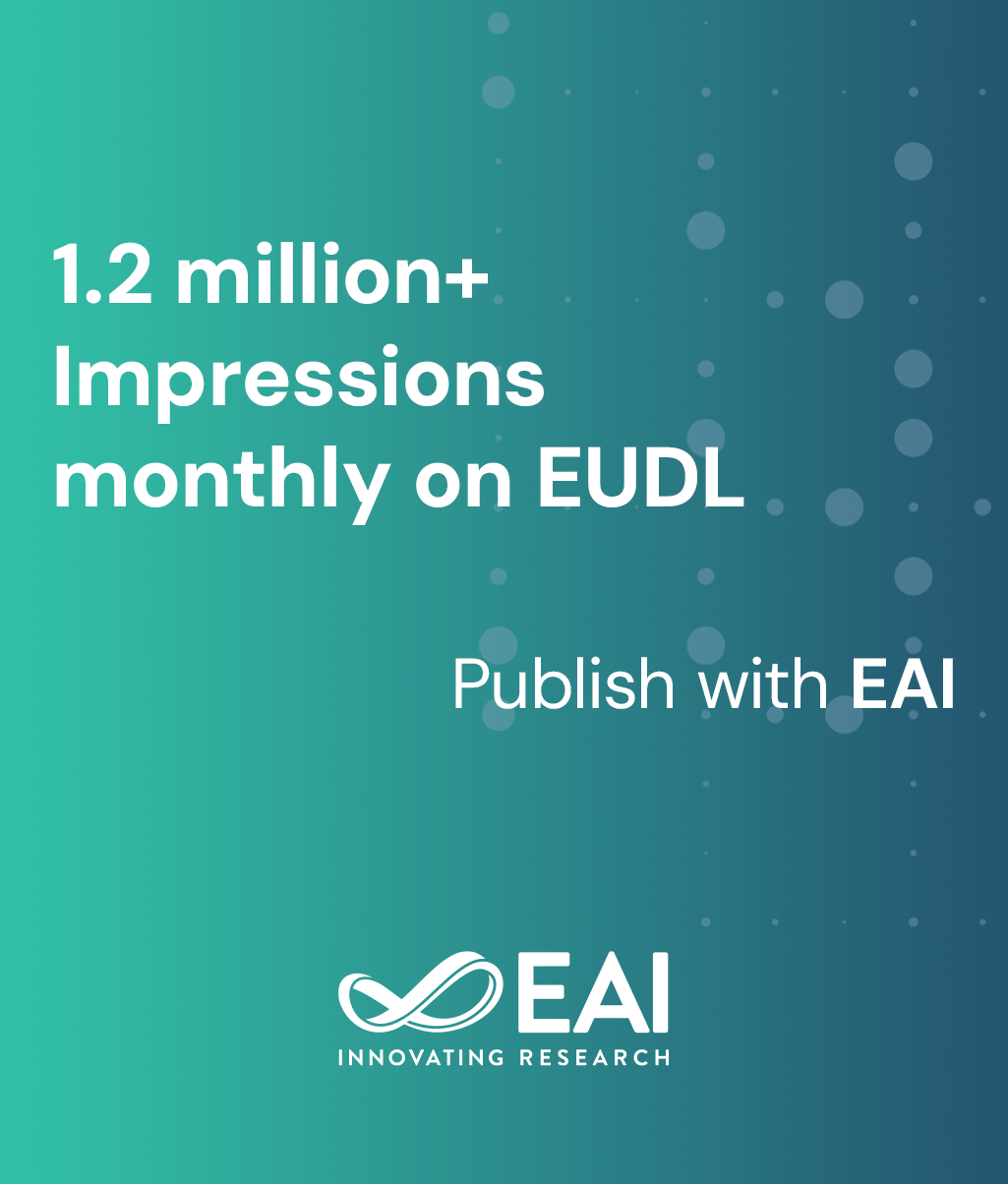
Research Article
Research into the Influence of the Ease Coefficient on the Fit of Torso Dresses
@ARTICLE{10.4108/eetsmre.9790, author={Mong Hien Thi Nguyen and Phuong Nhi Thi Le}, title={Research into the Influence of the Ease Coefficient on the Fit of Torso Dresses}, journal={EAI Endorsed Transactions on Sustainable Manufacturing and Renewable Energy}, volume={2}, number={2}, publisher={EAI}, journal_a={SUMARE}, year={2025}, month={8}, keywords={ease coefficient, garment, body shape, principal component analysis, Torso}, doi={10.4108/eetsmre.9790} }- Mong Hien Thi Nguyen
Phuong Nhi Thi Le
Year: 2025
Research into the Influence of the Ease Coefficient on the Fit of Torso Dresses
SUMARE
EAI
DOI: 10.4108/eetsmre.9790
Abstract
This approach offers an alternative method for size selection, one that accounts for the inherent variability in body measurements, thus providing a more tailored and accurate fit for consumers. This study aims to establish a dataset of ease coefficients for torso pattern design across various fabric types and body shapes to ensure proper garment fit. Data were collected from 120 women aged 18–30 in Ho Chi Minh City. Using principal component analysis, K-means clustering, discriminant analysis, and ANOVA via SPSS, participants were classified into four distinct body shape groups. A basic dress pattern was developed based on the average measurements of each group and simulated on different woven fabrics to assess fit and make necessary adjustments. The correlation between body-specific and average-group patterns was analyzed, resulting in a table of ease coefficients for multiple fabric types. Fit evaluations were conducted through 3D simulation and wearer feedback. The study provides ease coefficient data for the bust, waist, and hip areas of Vietnamese women aged 18–30, offering a foundation for the design of dresses and blouses in the fashion industry.
Copyright © 2025 Mong Hien Thi Nguyen et al., licensed to EAI. This is an open access article distributed under the terms of the CC BY-NC-SA 4.0, which permits copying, redistributing, remixing, transformation, and building upon the material in any medium so long as the original work is properly cited.


